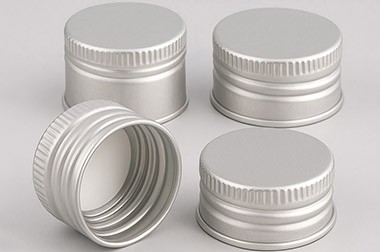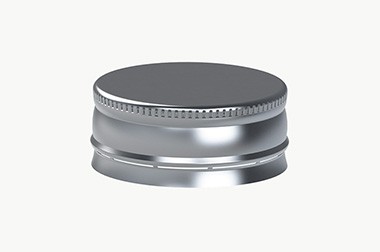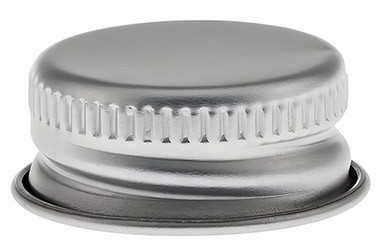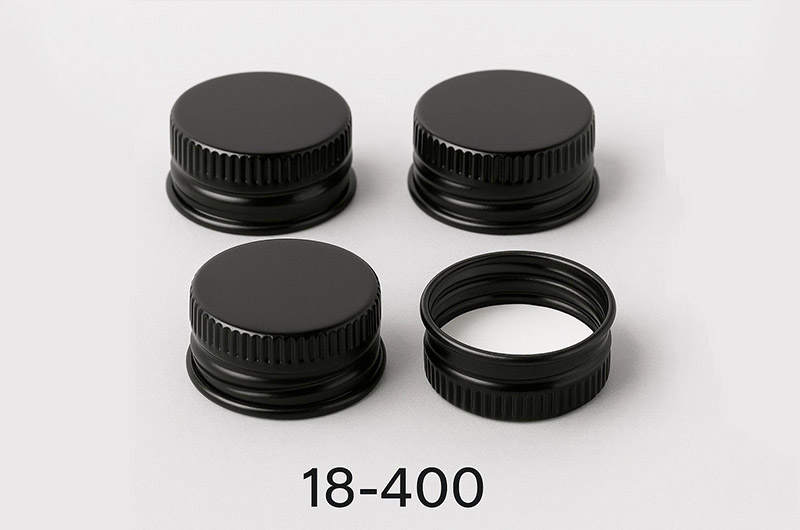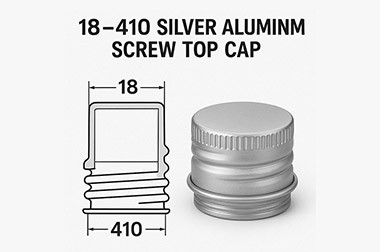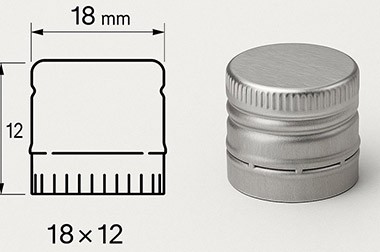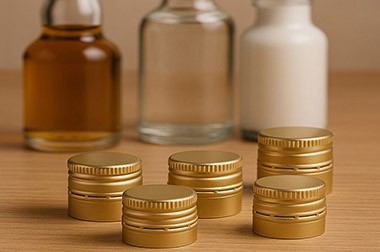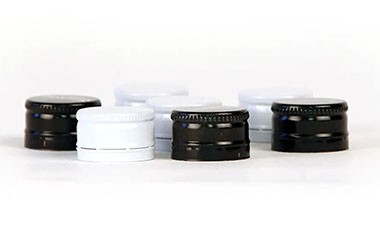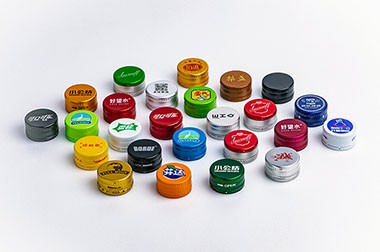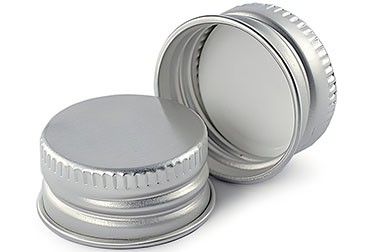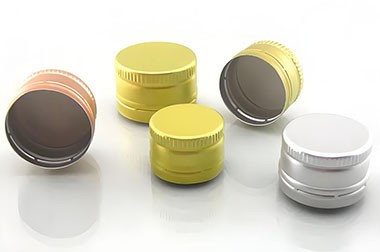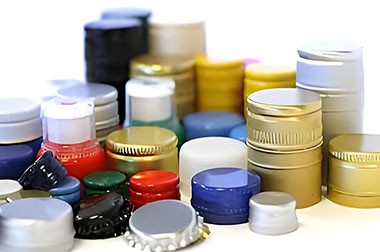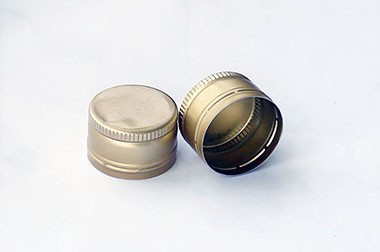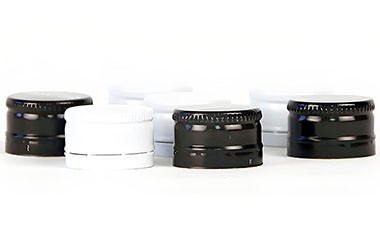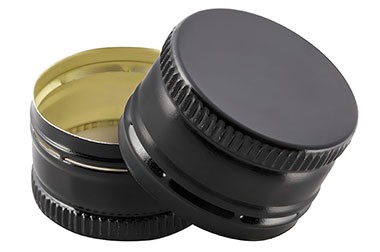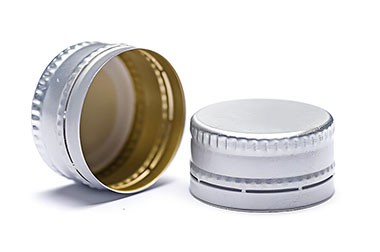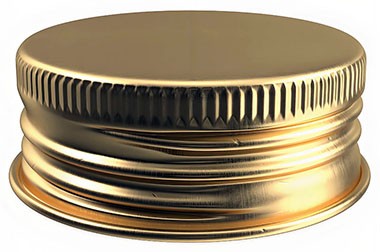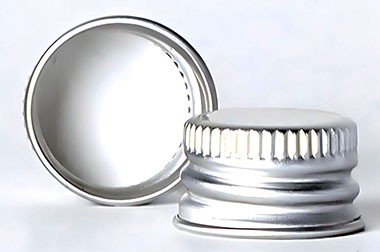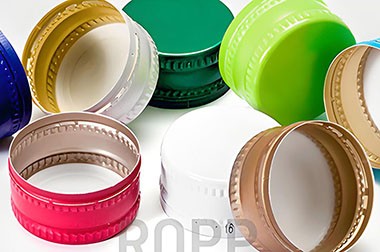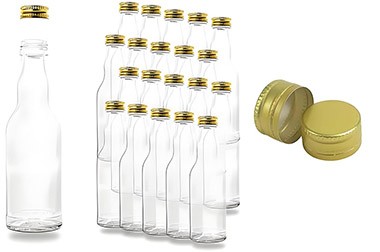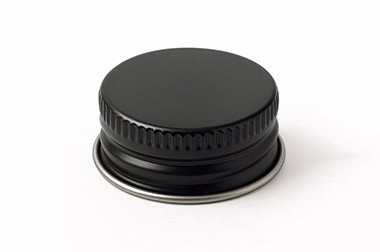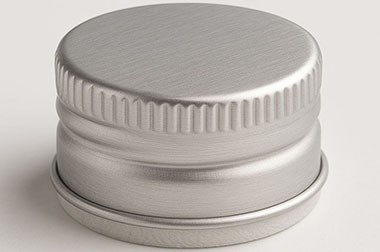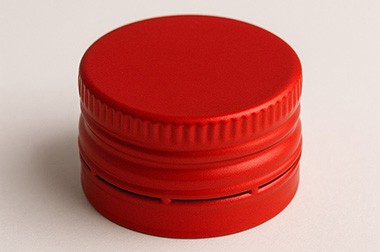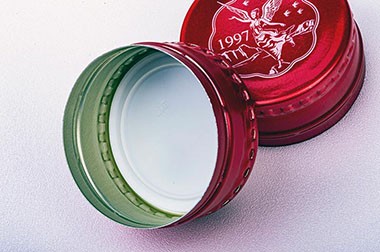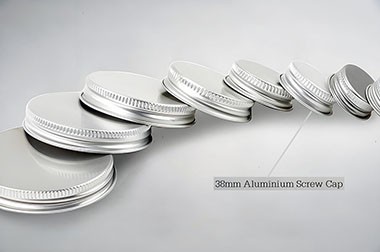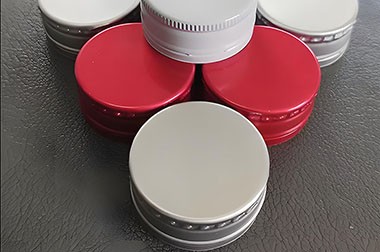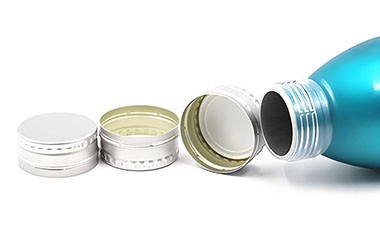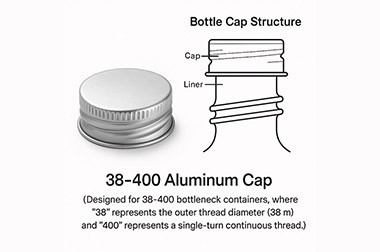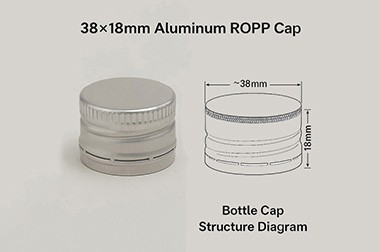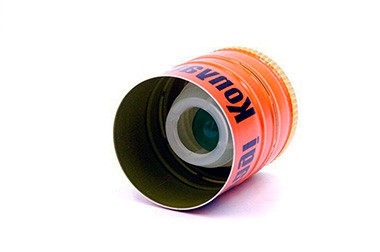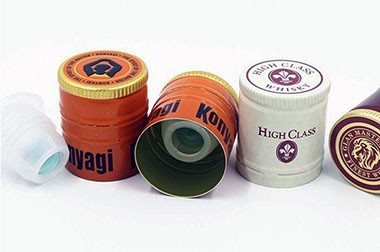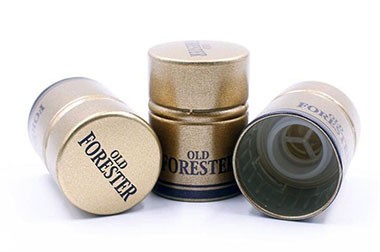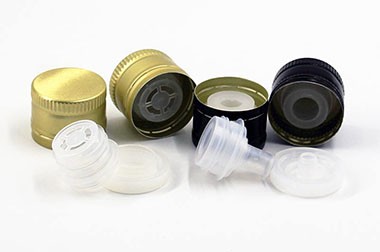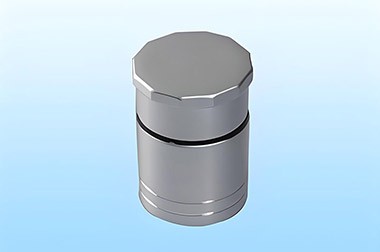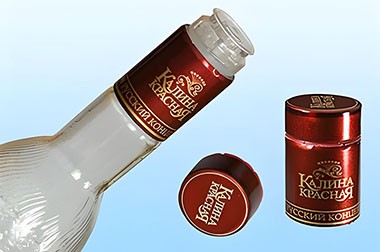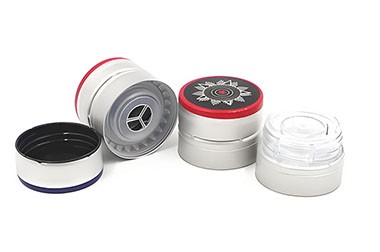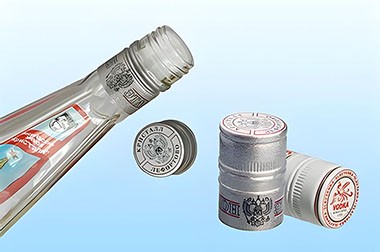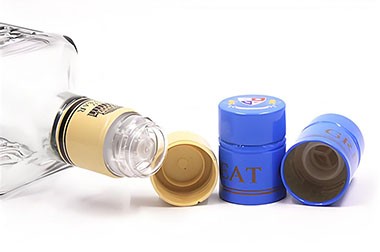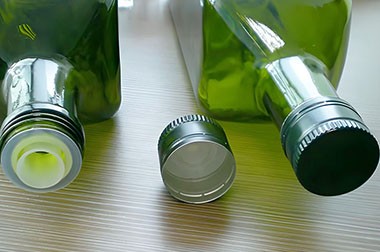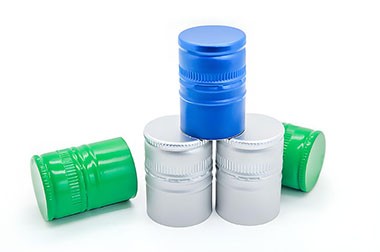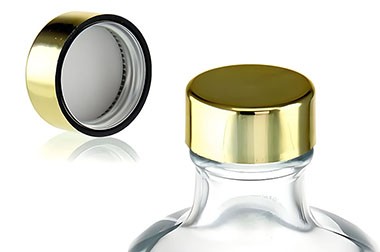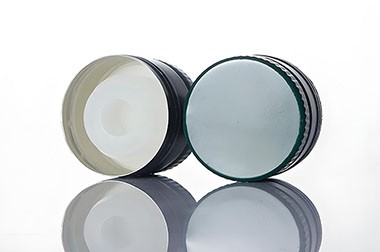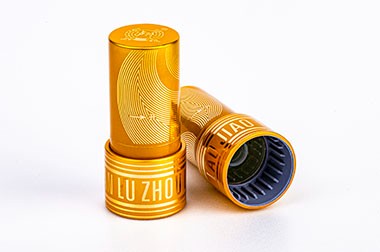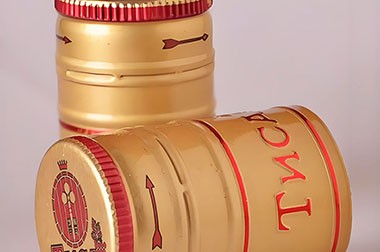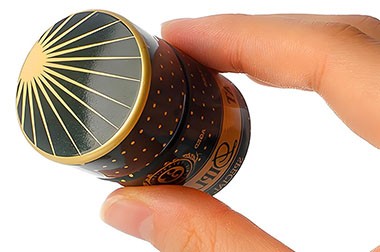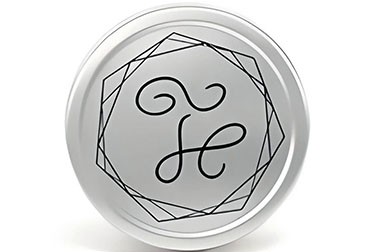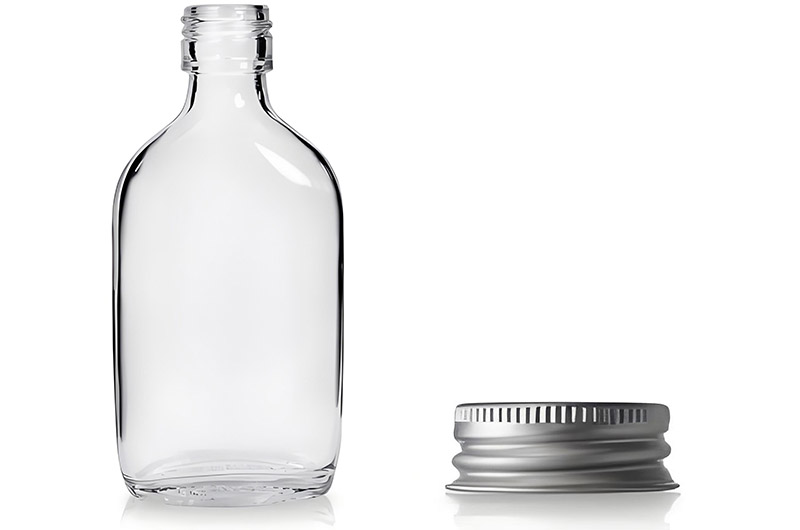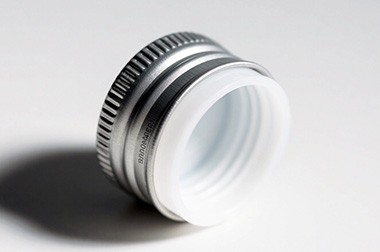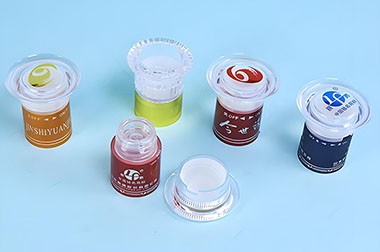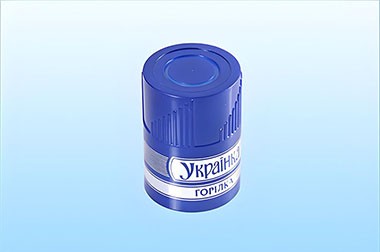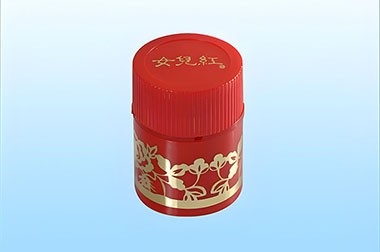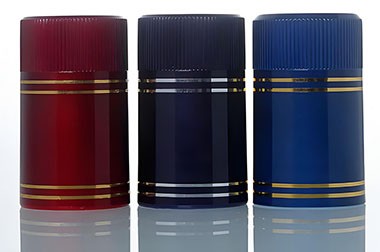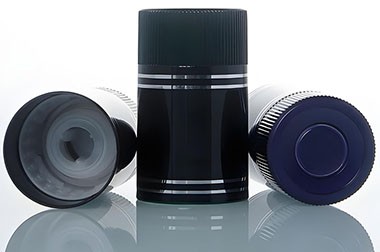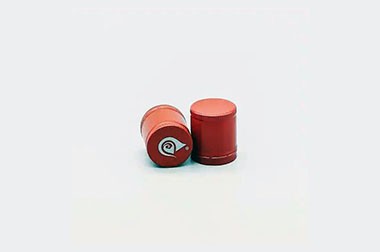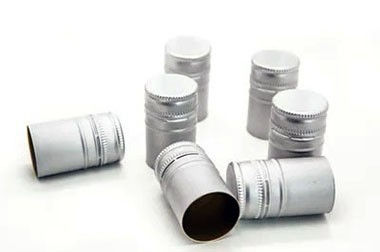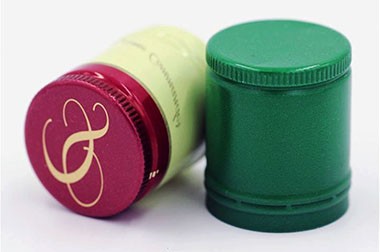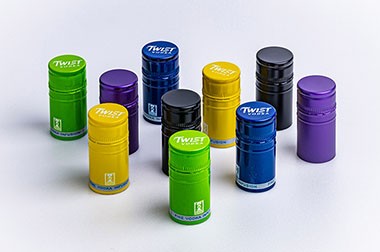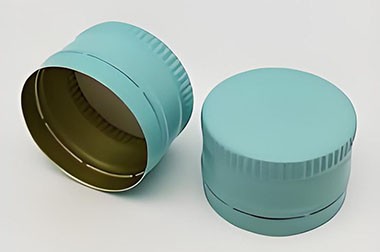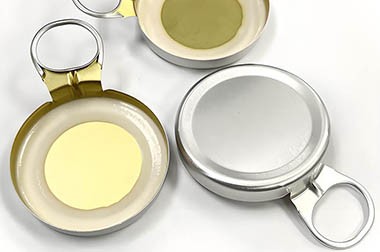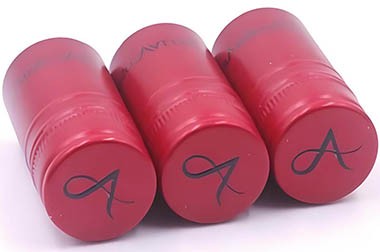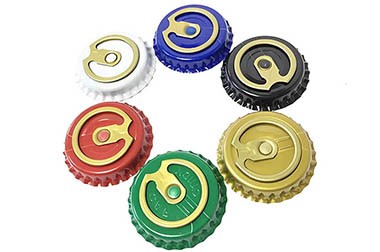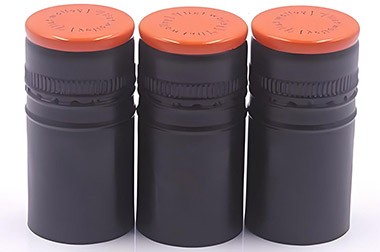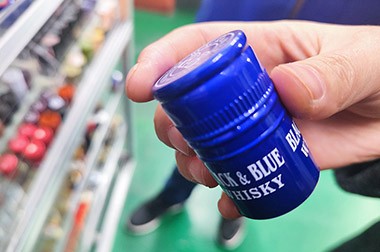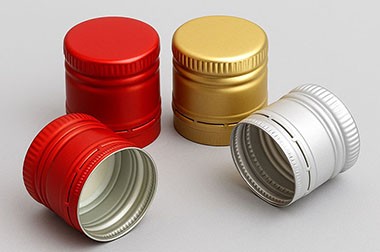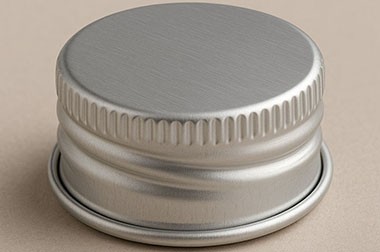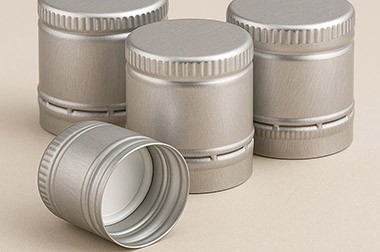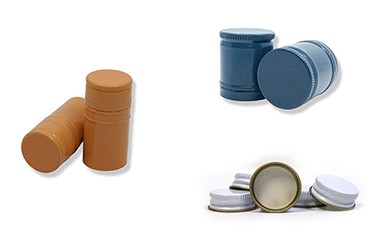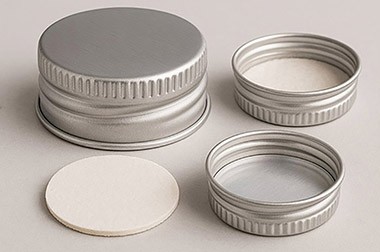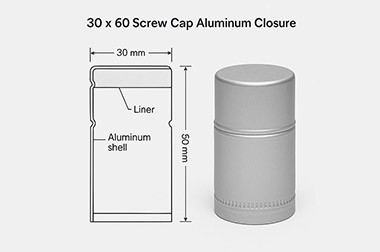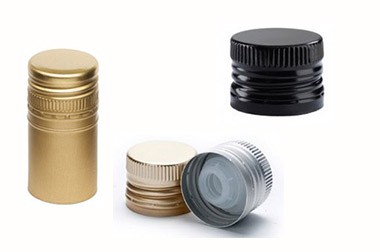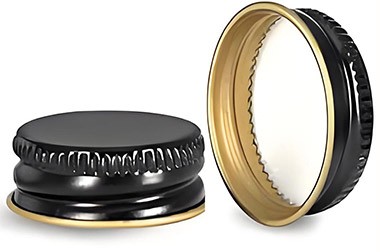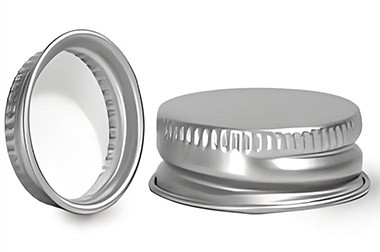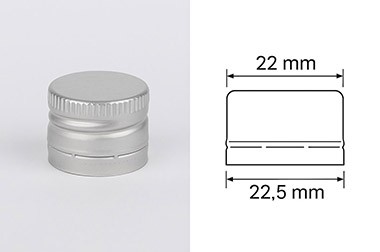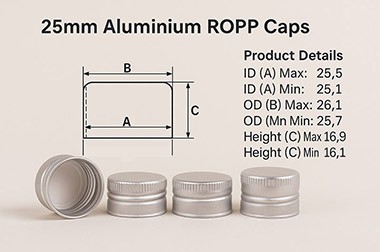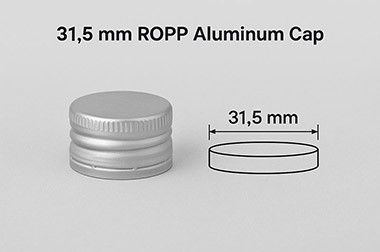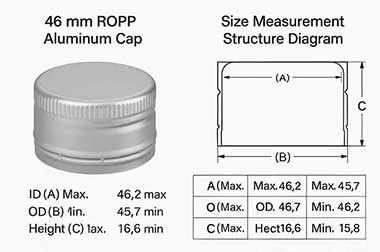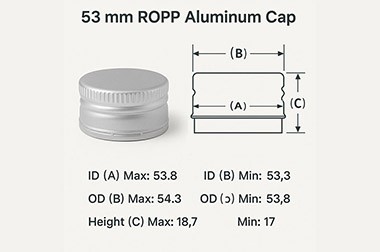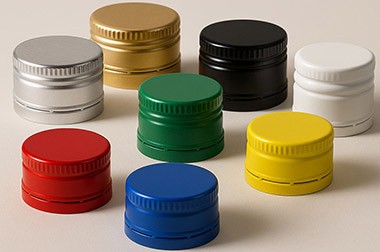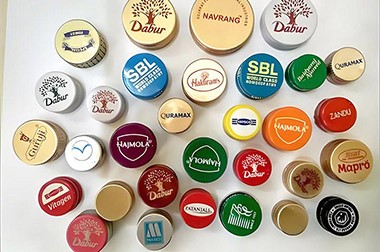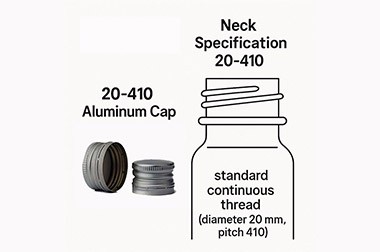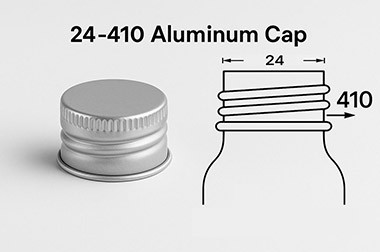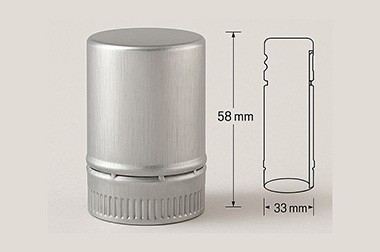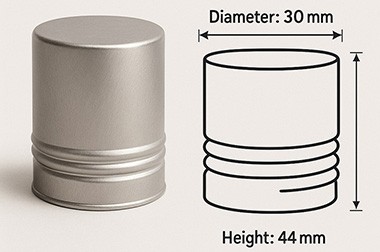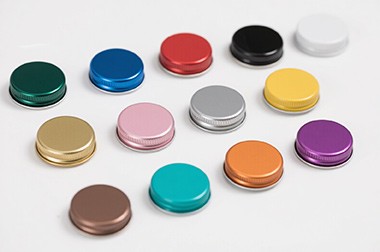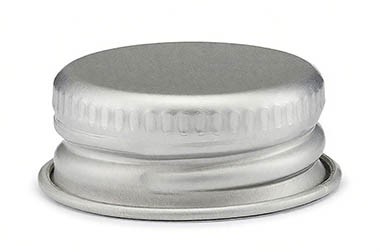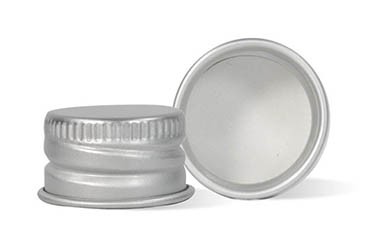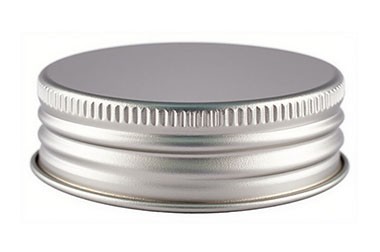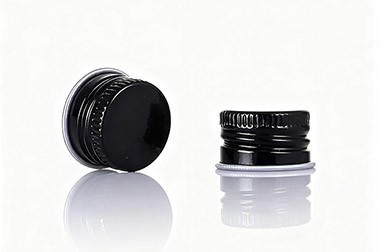What are the different types of bottle caps?
Jul. 17, 2025
As a critical component of a container, bottle caps directly impact product sealing, safety, and user experience. Aluminum caps, aluminum-plastic composite caps, and plastic caps are currently the most commonly used types in the market. With their unique material properties and structural designs, they play irreplaceable roles in various industries and applications.
Comparative Analysis of Aluminum Caps, Aluminum-Plastic Composite Caps, and Plastic Caps
- Aluminum caps excel in sealing, strength, and barrier properties, making them suitable for high-end product packaging requiring superior protection.
- Aluminum-plastic composite caps combine the advantages of aluminum and plastic, performing well in pharmaceutical and premium food and beverage packaging.
- Plastic caps, due to their low cost, lightweight, and excellent processing performance, dominate the packaging of daily consumer goods.
| Cap Type | Image | Main Advantages | Main Disadvantages | Best Application Scenarios | Cost Level |
| Aluminum Cap |
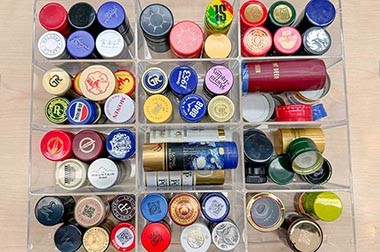 |
Excellent sealing, high strength, superior barrier properties, good recyclability | Higher cost, complex manufacturing process, relatively heavy | Pharmaceutical packaging, premium alcoholic beverages, electronic component packaging | High |
| Aluminum-Plastic Composite Cap |
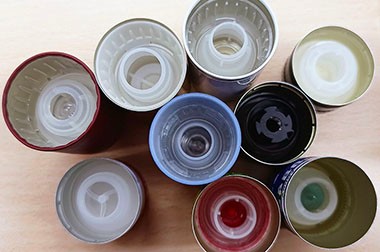 |
Well-rounded performance, excellent sealing, strength and toughness combined, good recyclability | Difficult to recycle materials, relatively high cost | Antibiotic packaging, large-volume infusion packaging, oral liquid packaging, premium liquor packaging | Medium |
| Plastic Cap |
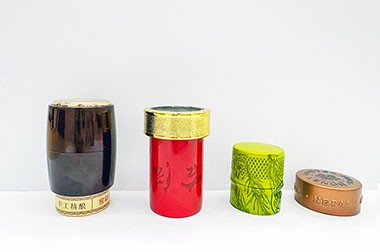 |
Lightweight, low cost, good processability, flexible design, high cost-performance ratio | Relatively poor barrier properties, some plastics are non-degradable, limited heat resistance | Beverage packaging, food packaging, daily product packaging, cosmetic packaging | Low |
Common Specifications and Models of HC Aluminum Bottle Caps
Specifications and Models of Aluminum Caps
Aluminum caps are typically made from aluminum alloy material, offering good sealing, mechanical strength, and corrosion resistance. Depending on the application and container type, aluminum caps are mainly categorized as follows:
By Structural Type
- Aluminium Screw Caps: These caps achieve sealing by matching internal and external threads with the container mouth. Usually made from a single aluminum sheet via stamping, they are known for durability. Designed for repeated opening and resealing, they offer user convenience while providing effective initial sealing for product protection.
- Aluminum ROPP Caps: These are precisely press-twisted sealing caps with built-in tamper-evident rings or tabs. The tamper-evident design ensures that upon first opening, the ring or tab separates or breaks from the cap, leaving a clear, permanent physical mark on the bottle mouth to visibly indicate whether the package has been opened, enhancing product safety.
- Tear-Off Aluminum Caps: Designed with pre-cut tear strips or easy-tear lines, these caps allow users to fully remove the central seal by pulling a ring or tearing along a weakened line. The process is irreversible and clearly destructive, making it evident if the package has been opened and preventing refilling.
- Lift-Off Aluminum Caps: These feature edges with flanges or rims easy for fingers to lift without tools. Made from soft aluminum alloys with good ductility, they can often be pressed back for resealing after opening, allowing for repeated use.
By Application Field
Pharmaceutical Aluminum Caps:
- For injection vials: Common diameters include 13mm, 15mm, 20mm, etc.
- For infusion bottles: Common diameters include 30mm, 32mm, etc.
- Tear-off aluminum caps for oral liquid bottles: Common diameters include 18mm, 20mm, 24mm, etc.
- For pen-type injectors: Diameters typically range from 10mm–15mm
Aluminum Caps for Food and Beverage:
- Common specifications include 18mm, 20mm, 24mm, 28mm, 38mm, 43mm, 48mm, etc.
- Special sizes such as 38-400, 43-400 are mainly used for large-capacity food packaging.
18mm Aluminium Caps
28mm Aluminium Caps
38mm Aluminium Caps
Common Specifications and Models of Aluminum-Plastic Composite Caps
Specifications and Models of Plastic Caps
Plastic caps refer to closures made of plastic materials for sealing, protection, decoration, and portability. They are classified by material such as polyethylene (PE), polypropylene (PP), and polyvinyl chloride (PVC). Common specifications and models include:
By Material Type
Polyethylene (PE) Caps:
- Divided into Low-Density PE (LDPE), High-Density PE (HDPE), and Linear Low-Density PE (LLDPE)
- Commonly used for bottled water and beverage caps, usually made from HDPE
Polypropylene (PP) Caps:
- Commonly used for bottle caps, food containers, etc.
- Common specifications: 18mm, 20mm, 24mm, 28mm, etc.
By Application Field
Plastic Caps for Beverages:
-
Non-carbonated soft drink caps: Common sizes include 28mm, 30mm
-
Carbonated drink caps: Common sizes include 38mm, 43mm, with better pressure resistance
-
Dairy product caps: Common sizes include 30mm, 35mm
Plastic Caps for Cosmetics:
- Common sizes: 17×12mm, 179mm, 180mm, 185mm
- Special sizes such as high-transparency anti-fog BOPS cap series: 142mm, 150mm, 160mm, etc.
Advantages and Features of Aluminum Caps, Aluminum-Plastic Composite Caps, and Plastic Caps
Advantages and Features of Aluminum Caps
- Excellent physical properties: Good sealing, high strength, superior barrier performance
- Good chemical stability: Strong corrosion resistance, non-toxic
- Processing performance and design flexibility: Good ductility, various surface treatments
- Environmental friendliness and sustainability: Highly recyclable, lightweight design
- Special application advantages: Easy-open design, tamper-evident function, high temperature resistance
Advantages and Features of Aluminum-Plastic Composite Caps
- Material performance advantages: Combination of high strength and toughness, excellent barrier properties
- Processing and design advantages: Diverse manufacturing processes, rich surface treatment options
- Environmental and sustainability aspects: Good recyclability, lightweight
- Special pharmaceutical packaging advantages: Good chemical stability, moisture and oxidation resistance
- Cost-effectiveness: Moderate cost, reduces product loss
Advantages and Features of Plastic Caps
- Excellent physical performance: Good sealing, lightweight, strong impact resistance
- Variety of material options: Multiple plastic types available, modified for special functions
- Processing and design flexibility: Efficient manufacturing, precise dimensional control
- Environmental and sustainable development: Recyclability, biodegradability
- Special application advantages: Easy opening and resealing, tamper-evident design
- Economic cost advantage: Low cost, high cost-performance ratio
The following bottle caps may interest you



